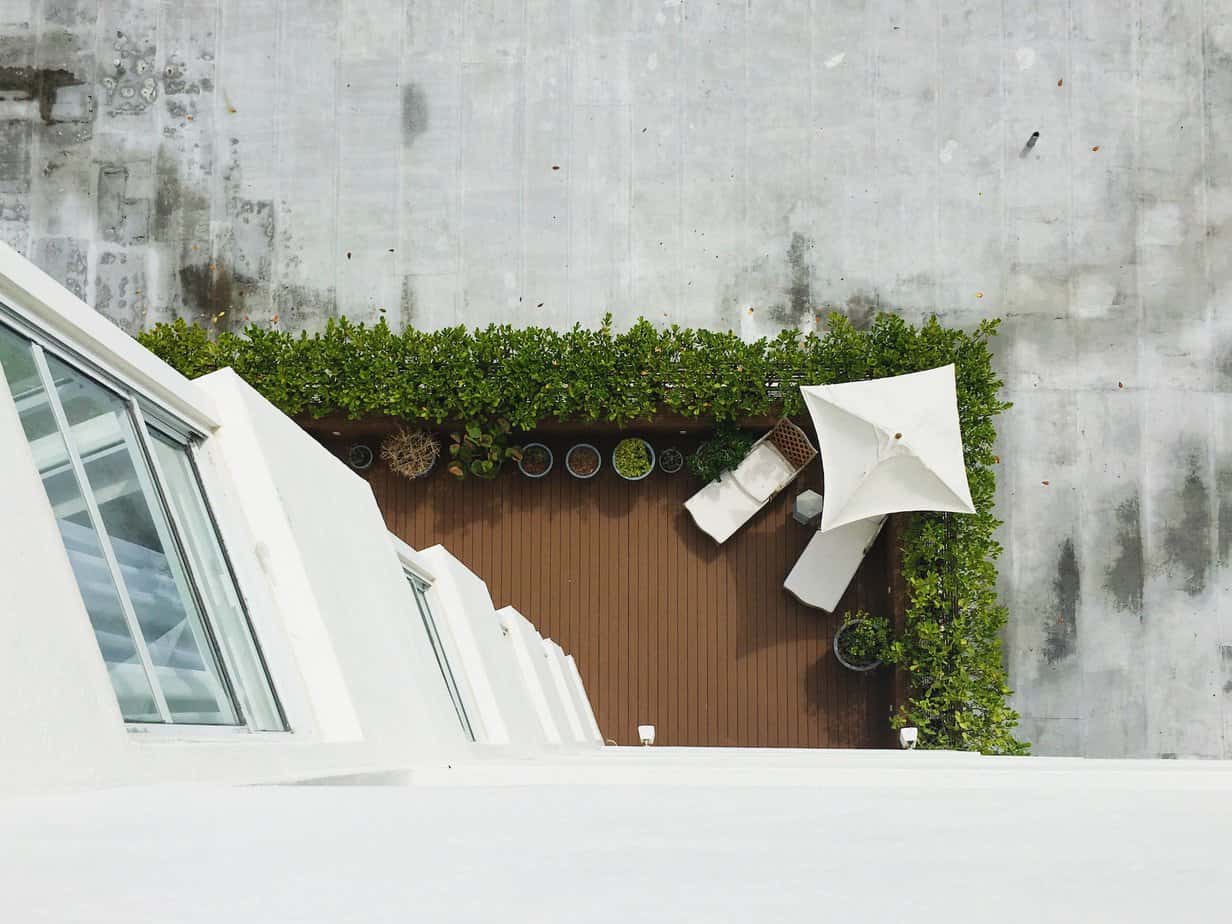Your balcony is beautifully decorated with various types of plants? Do you like to relax surrounded by greenery? You need healthy specimens for this. So check out what diseases potted plants on your balcony are prone to. Here’s a short list!
Every fan of potted plants should be well aware that regular watering and fertilizing of plants or cutting off blooms is not enough. If we want to enjoy their beauty, we must also make sure that they are not attacked by pests or diseases. Above all, let’s remember to watch the plants all the time, because only then will we act promptly.
Moreover, if we want to expand our collection, let’s carefully examine the new specimen while still in the store. Contrary to appearances, many plants there may be improperly cared for and simply infected.
Potted balcony plants – the most common diseases
Plant diseases can be the result of overwatering, lack of fertilization or contaminated soil. The most common diseases include:
- gray mold – usually affects plants with soft leaves, for example, dracaenas, ficus, ivies, begonias, ferns or cyclamen. The initial spots are followed by fluffy gray-colored mold. The plant then not only dies, but also infects the flora around it. So we need to cut off all its infested parts, and spray the remainder with diluted horsetail decoction;
- powdery mildew – it attacks hydrangeas, gerberas, chrysanthemums, azaleas, begonias or crotons. Then we see a white-colored powdery mildew, which appears both on the leaves, flowers and shoots. When it’s very wet, it can disappear and leave brown, damaged tissues. The treatment you need is to remove the diseased parts and spray with a specialized agent, a decoction of horsetail or an extract of garlic or onion;
- rust – although it is more associated with cars and metal parts, it also attacks plants, mainly chrysanthemums, geraniums and fuchsias. The underside of the leaves of chrysanthemums then develops convex white spots, while orange or brown spots appear on others. During pollination, they will spread the disease further. It is therefore necessary to apply a fungicide or spray with garlic extract.
In all cases, it’s also a good idea to spread the plants out so that they have more space and so that there is better access to air.
Pests that attack plants on the balcony
Finally, a few more words about pests that can attack plants outdoors. These are primarily:
- aphids – unfortunately, the most popular, and reproducing at a tremendous rate. They first appear on the most delicate parts, then attack the entire plant. Verbenas, nasturtiums, fuchsias and geraniums and lobelias are especially exposed, we will notice wrinkling and discoloration on them and a sticky substance on the leaves;
- caterpillars – are also present on geraniums, nasturtiums and on heliotropes. During the day they hide deep in the plants and under the leaves, but the effect of their feeding is easy to spot gnawed holes in the leaves;
- spider mites – attack many plants, mainly velvet, geraniums, impatiens and fuchsias. Also called spider mites, because we can see a delicate web in the corners of the leaves. In addition, yellowish spots can be seen on the leaves.
main photo: unsplash.com/Nidia Dias
